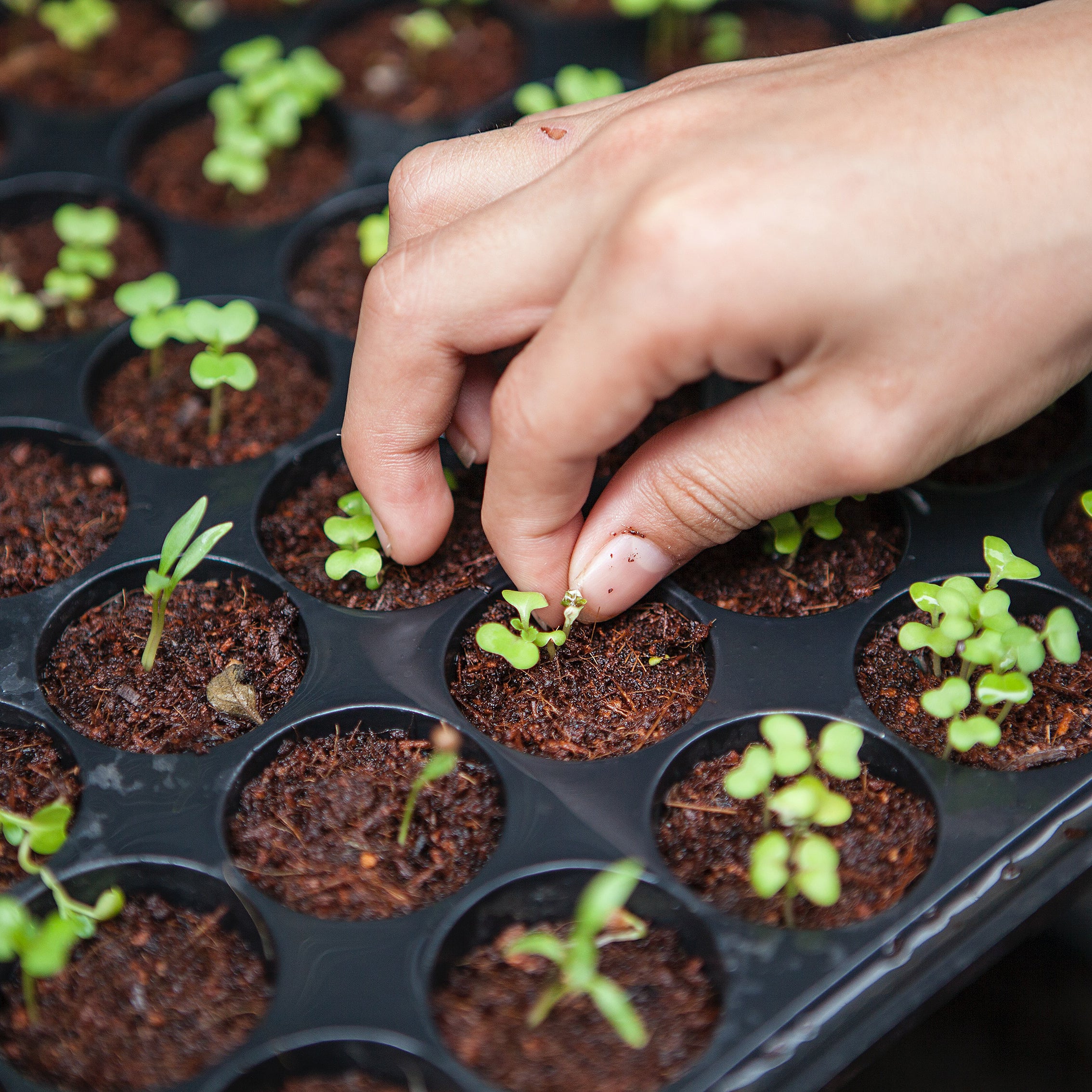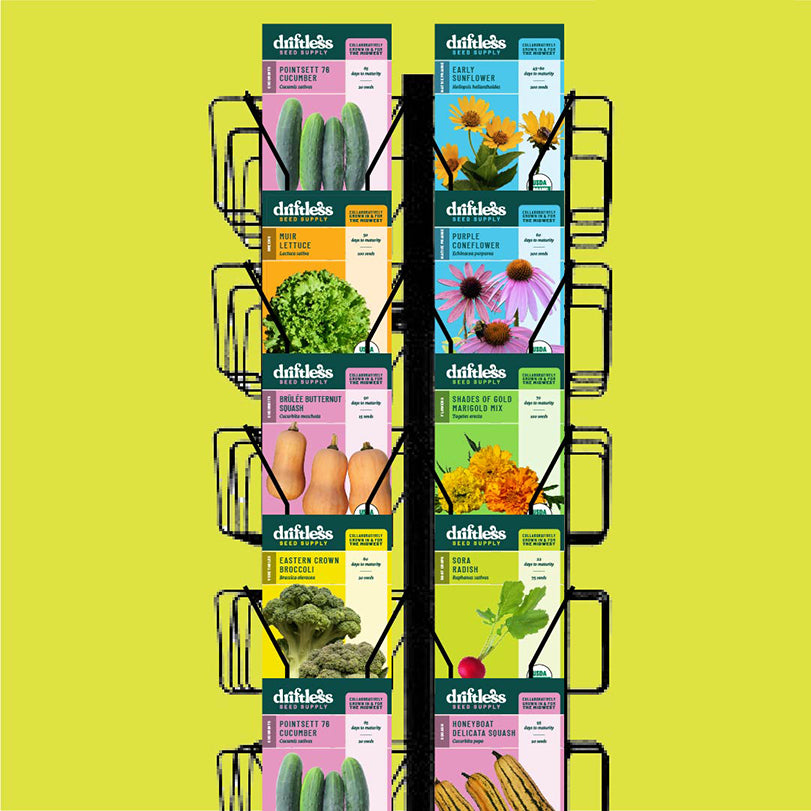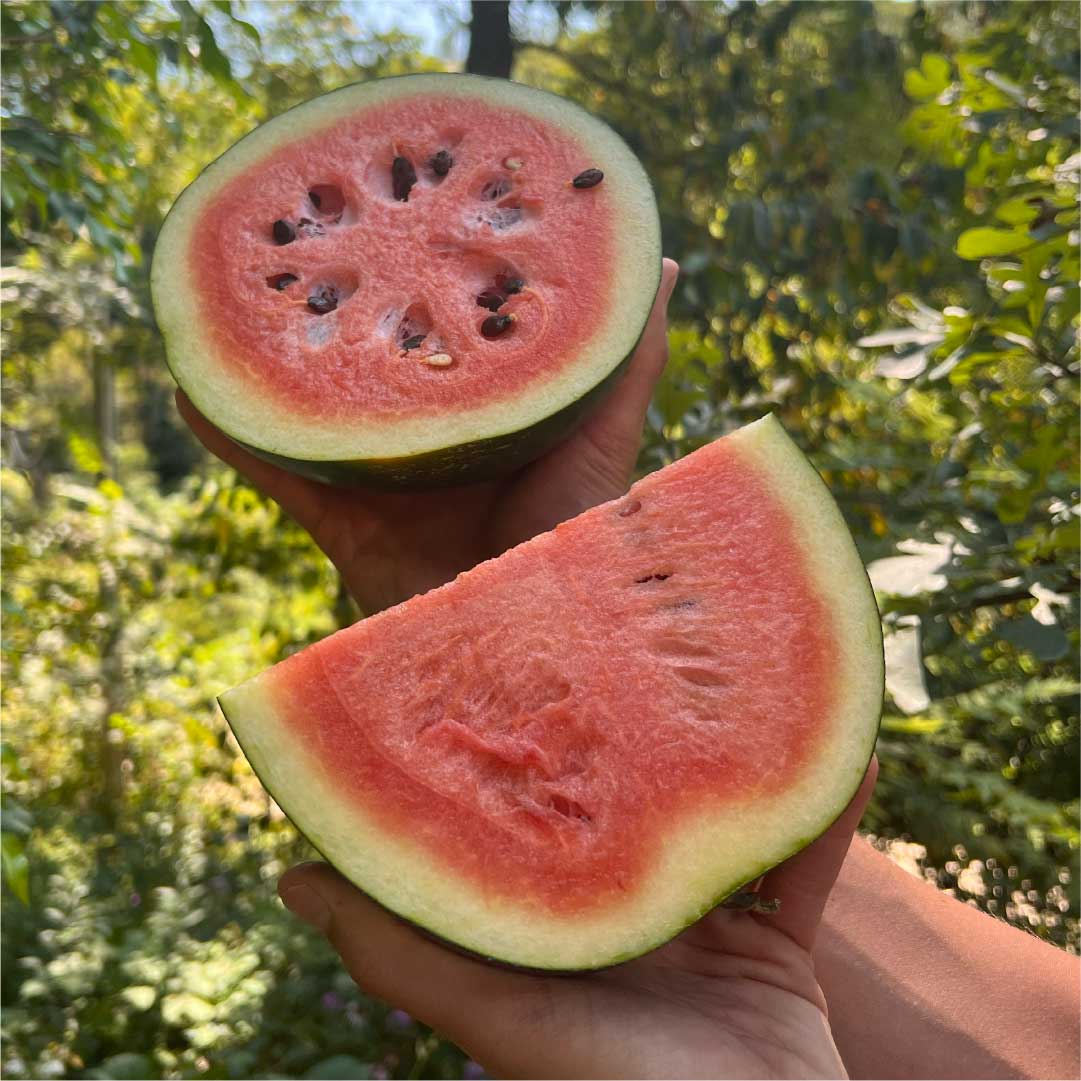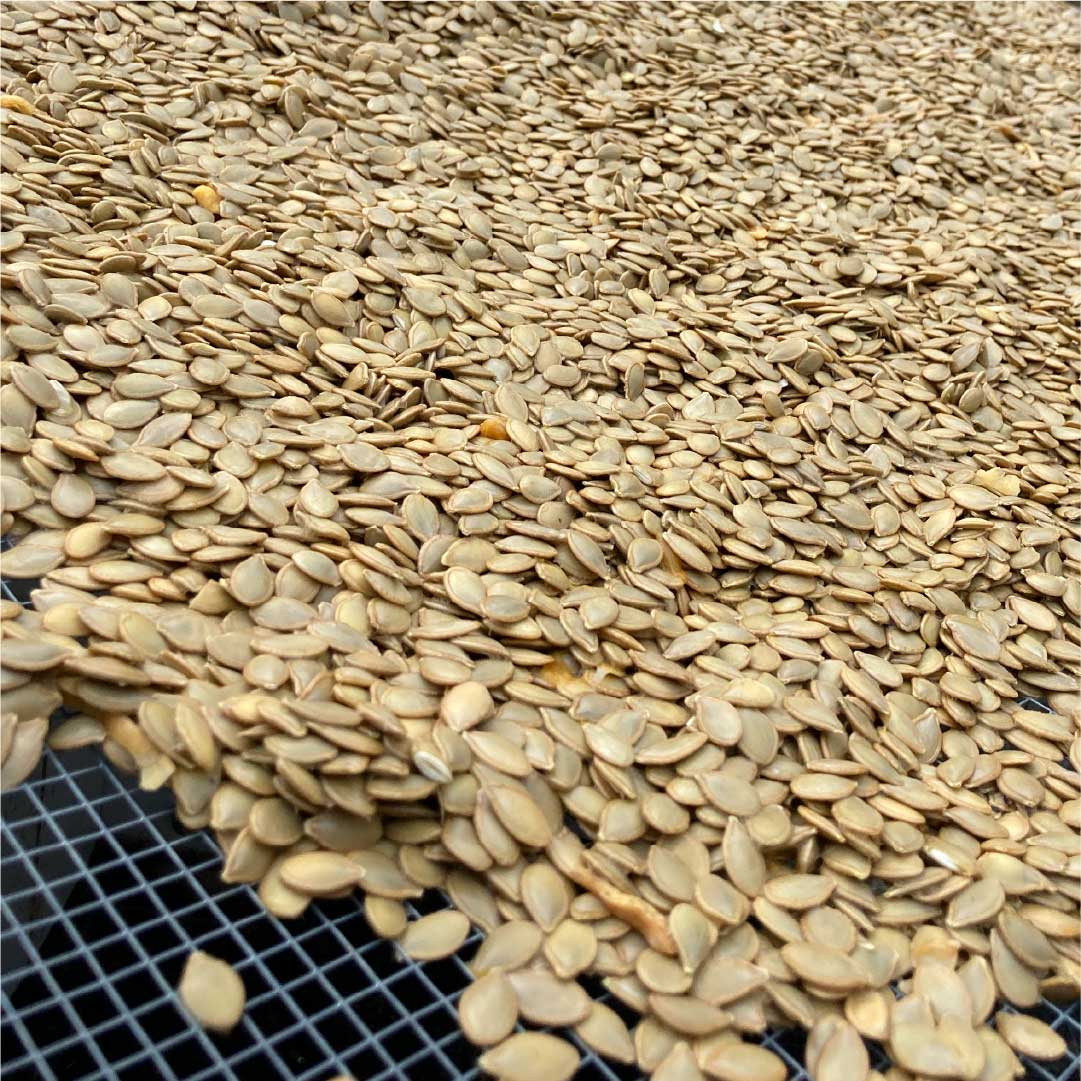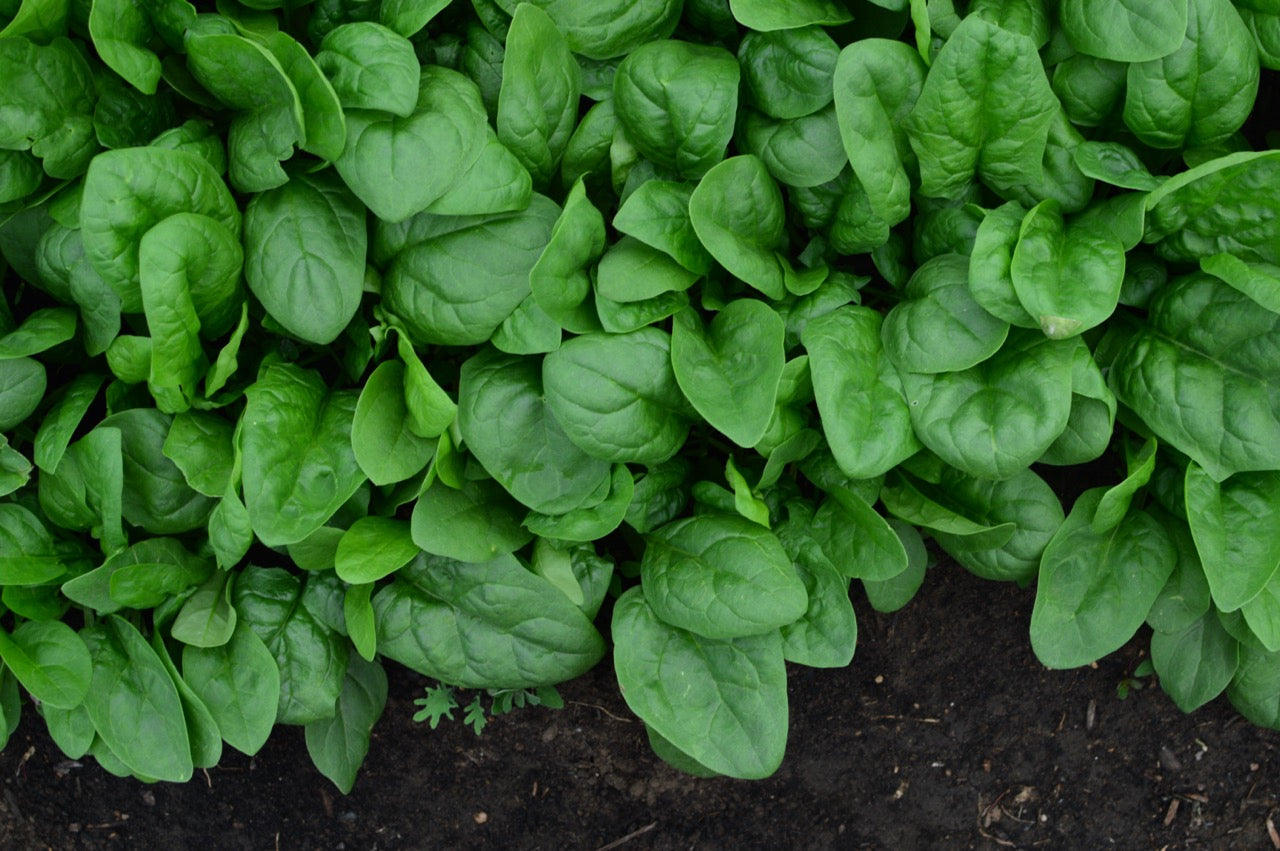
Driftless Seed Supply Grower Resources
Spinach Growing Resources
Introduction
Spinach, originally from Persia (modern-day Iran), has been cultivated for over a thousand years. It was introduced to China in the 7th century, where it was known as the "Persian vegetable." Spinach's popularity spread to Europe in the 12th century, partly due to its health benefits recognized by the medieval Arab agronomist Ibn al-'Awwam. In Europe, it became a favored leafy green, especially during Lent. Popeye the Sailor, a famous cartoon character, famously boosted spinach's cultural profile as a source of strength, due to its high iron content.
Spinach, a true garden gem, is not just Popeye's power boost! It's a nutrient-packed, versatile leafy green that's a must-have in any health-conscious gardener's plot. Let's embark on a journey to grow this green wonder!
Variety Selection
- Smooth-Leaf Spinach: Easy to clean, perfect for salads.
- Savoy Spinach: Crinkled leaves, great for cooking.
- Semi-Savoy: A hybrid of both, with less dirt-trapping texture.
Site and Soil
- Sun Lovers: Spinach thrives in full sun but can tolerate partial shade.
- Soil Needs: Fertile, well-drained soil is the secret. Aim for a pH of 6.5-7.0.
Planting Time
- Early Birds: Start early spring or late summer for fall harvests. Spinach loves cool weather!
- Baby Leaf Spinach:
- Planting: Sow seeds densely in rows or broadcast them over a bed.
- Row Spacing: Rows should be 2-4 inches apart.
- Seed Spacing: Seeds can be sown closely, about ½ inch apart.
- Spinach for Bunching:
- Planting: Sow seeds more sparsely than for baby leaf production.
- Row Spacing: Space rows 12-18 inches apart.
- Seed Spacing: Sow seeds about 1 inch apart, thinning to 3-6 inches apart as they grow.
Watering & Fertilizing
- Stay Hydrated: Consistent moisture is key. Avoid waterlogging though!
- Feed Wisely: A balanced organic fertilizer at planting does wonders. Keep it light!
For optimal spinach growth, a balanced approach to fertilization is crucial. Here are specific NPK recommendations per acre for spinach:
Nitrogen (N):
- Recommendation: 80-100 pounds per acre.
- Purpose: Essential for leafy growth.
Phosphorus (P₂O₅):
Recommendation: 40-50 pounds per acre.
Purpose: Important for root development and plant establishment.
- Potassium (K₂O):
- Recommendation: 80-100 pounds per acre.
- Purpose: Key for overall plant health and disease resistance.
Application should be based on soil tests. Generally, a pre-plant application is done, and additional nitrogen may be side-dressed during the growing season. Organic options like compost, bone meal or soft rock phosphate (for phosphorus), and greensand or potash (for potassium) can be used in organic production.
Combatting Pests & Diseases
- Common Foes: Aphids and leaf miners. Organic insecticides or natural predators are your best friends.
- Disease Watch: Rotate crops and ensure good air circulation to fend off fungal foes.
- Pests:
- Aphids: These can be managed by encouraging beneficial insects or using organic insecticidal soaps.
- Leafminers: Control involves removing and destroying infested leaves and using row covers to prevent flies from laying eggs.
- Diseases:
- Downy Mildew: Prevent with good air circulation and crop rotation. Copper-based fungicides can be used as an organic treatment.
- Fusarium Wilt: Control involves using disease-resistant varieties and ensuring good soil drainage.
Preventative measures like proper spacing, adequate air circulation, and maintaining healthy soil are key in organic cultivation. Regular crop rotation and sanitation (removing plant debris) also help in managing pests and diseases in spinach.
Harvesting Joy
- Pick When Ready: Harvest when leaves are tender but mature. Snip leaves or cut the whole plant.
Harvesting and handling recommendations for spinach vary between baby leaf and bunching spinach:
- Baby Leaf Spinach:
- Harvesting: Cut when leaves are small, about 3-4 inches long. Use scissors or a sharp knife to cut leaves about an inch above the soil line.
- Handling: Handle gently to avoid bruising. Cool quickly after harvest to maintain freshness.
- Bunching Spinach:
- Harvesting: Wait until leaves are fully mature, then cut the entire plant at the base, or pick individual larger leaves.
- Handling: More robust than baby leaves, but still handle with care. Cooling after harvest extends shelf life.
In both cases, hydrocooling with a brief soak to remove field heat is ideal immediately after harvest. Be careful not to leave spinach soaking in water too long or it will damage leaves. Ensure leaves are dry before packing to prevent decay, and store in a cool, humid environment. For the best quality, harvest early in the morning when leaves are most turgid.
Spinach in the Kitchen
- From Garden to Plate: Fresh in salads, sautéed as a side, or blended in smoothies. The possibilities are endless!
Eco-Friendly Tip
- Companion Planting: Spinach loves being near strawberries and fava beans. Good neighbors mean good growth!
- Can also do well grown on the N side of beds with trellissed crops like peas or pole beans, with the shade from the climbing crop providing a cooler microclimate that delays bolting in summer.
Embrace the joy of growing spinach - a green leaf packed with flavor and health, perfect for your garden-to-table lifestyle!

